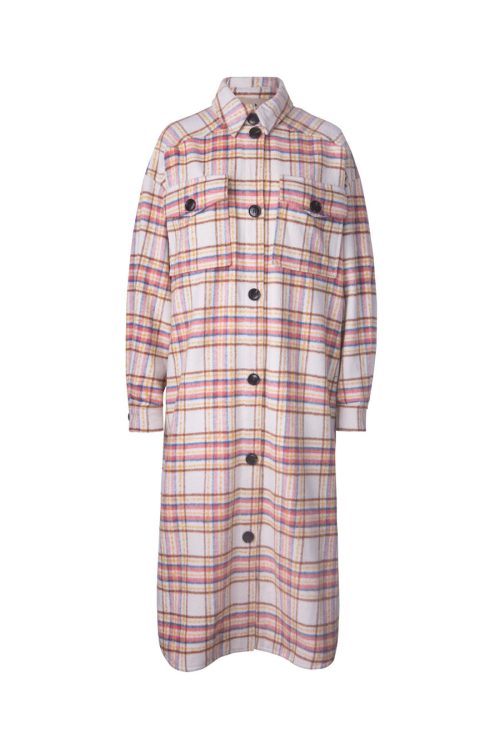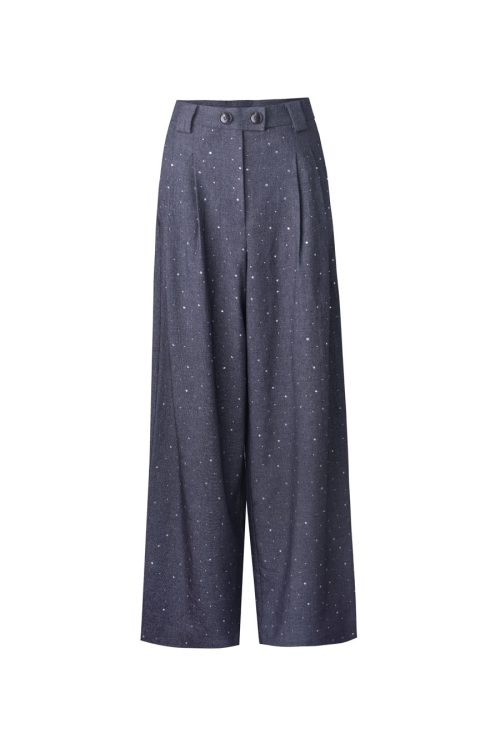
Introduction to OEM Safety Clothing in Baytown, TX
Baytown, TX, a vital industrial hub in the heart of the Gulf Coast, is renowned for its substantial oil refining and chemical processing sectors. In such environments, OEM (Original Equipment Manufacturer) safety clothing is not just a regulatory requirement; it’s a critical component of daily operations, ensuring worker safety and operational efficiency.
Overview of Baytown
Situated near the bustling Houston Ship Channel, Baytown features a high concentration of industrial facilities, including major oil refineries and chemical plants. The city’s industrial landscape demands stringent adherence to safety standards, making the role of specialized OEM safety clothing incredibly significant.
Significance of OEM Safety Clothing
OEM safety clothing in Baytown is designed to meet specific industry standards, offering protection against numerous workplace hazards, including chemical spills, fire outbreaks, and mechanical risks. This apparel is crucial for preventing injuries and enhancing the confidence of those on the front lines of industrial operations.
Core Features of OEM Safety Apparel
Quality and functionality are paramount in OEM safety clothing, designed to withstand the harsh working conditions of Baytown’s industries.
Material Quality
The materials used in OEM safety clothing are selected for their durability, resistance to chemicals, and ability to provide thermal protection. These materials are rigorously tested to ensure they meet the high standards required for industrial safety.
Protective Features
OEM garments are equipped with features such as fire resistance, chemical repellent finishes, and reinforced seams. Additional features might include reflective strips for increased visibility or cushioned areas for added comfort during long shifts.
Benefits of Opting for OEM Safety Clothing
Choosing OEM safety clothing provides several advantages that extend beyond basic protection, including customization and compliance with exact industry regulations.
Customization Options
OEM providers in Baytown offer custom solutions tailored to the needs of each facility, including modifications in design to enhance functionality and comfort, thereby improving worker satisfaction and compliance.
Regulatory Compliance
Safety clothing must comply with both national and local safety regulations. OEM garments are specifically engineered to meet these requirements, ensuring that businesses in Baytown adhere to legal standards and avoid penalties.
Local Industries and Safety Requirements
The diverse industrial base in Baytown requires a varied approach to safety clothing, influenced by the specific hazards present in each sector.
Key Industries in Baytown
The primary users of OEM safety clothing include the petrochemical sector, oil and gas, and manufacturing plants. Each of these sectors has specific requirements based on the risks associated with their processes.
Specific Safety Protocols
Safety protocols may vary significantly, from fire retardant clothing in oil processing to chemical-resistant suits in chemical manufacturing. Understanding these requirements is crucial for manufacturers of OEM safety clothing.
The Manufacturing Process for Safety Clothing
The production of safety clothing involves meticulous design and quality assurance processes to ensure each garment meets the necessary safety standards.
Design and Prototyping
Designers work closely with industry experts to prototype garments that address both safety concerns and ergonomic needs, ensuring that the clothing is both safe and comfortable to wear.
Quality Control Measures
Strict quality control measures are in place throughout the manufacturing process to ensure that all safety clothing adheres to the required standards. This includes testing for durability, resistance, and overall performance.
Selecting the Right OEM Safety Garments
Choosing the right safety clothing is vital for ensuring maximum protection and comfort, which are crucial for maintaining high productivity in hazardous environments.
Assessment Criteria
Factors to consider include the specific hazards of the workplace, the durability of the materials, and the standards that the clothing must meet. Worker feedback is also integral to selecting the right gear.
Maintenance and Care
Proper maintenance extends the life of safety clothing and ensures it continues to offer optimal protection. Regular inspections and adherence to cleaning guidelines are essential.
Future Outlook and Trends in Safety Apparel
The future of OEM safety clothing in Baytown looks to integrate even more advanced features and materials, driven by technological progress and evolving industry needs.
Technological Innovations
Future innovations may include the integration of smart textiles capable of monitoring health indicators or detecting hazardous conditions in real-time, enhancing overall workplace safety.
Market Expansion
As industries in Baytown continue to grow and new safety regulations are implemented, the demand for specialized OEM safety clothing is expected to rise, prompting further innovations and adaptations in safety apparel design and manufacturing.
FAQs
Why is OEM safety clothing important in Baytown’s industries? OEM safety clothing is essential for protecting workers from the specific hazards present in Baytown’s major industries, such as chemical, oil, and manufacturing, ensuring compliance with safety standards.
What are the key considerations when selecting OEM safety clothing? Key considerations include the type of hazards, the compliance requirements of the industry, and the functional needs of the workers, such as comfort and mobility.
What future developments are expected in the field of safety clothing? Anticipated developments include the use of advanced materials that offer better protection and comfort, and the incorporation of technology for real-time hazard monitoring and health assessment.
How does customization impact the effectiveness of safety clothing? Customization allows safety clothing to meet the specific needs and preferences of different industries, which can improve compliance rates and worker satisfaction.
What maintenance is required for OEM safety clothing? Regular cleaning, proper storage, and adherence to manufacturer guidelines are crucial to maintain the protective properties and extend the lifespan of safety clothing.




